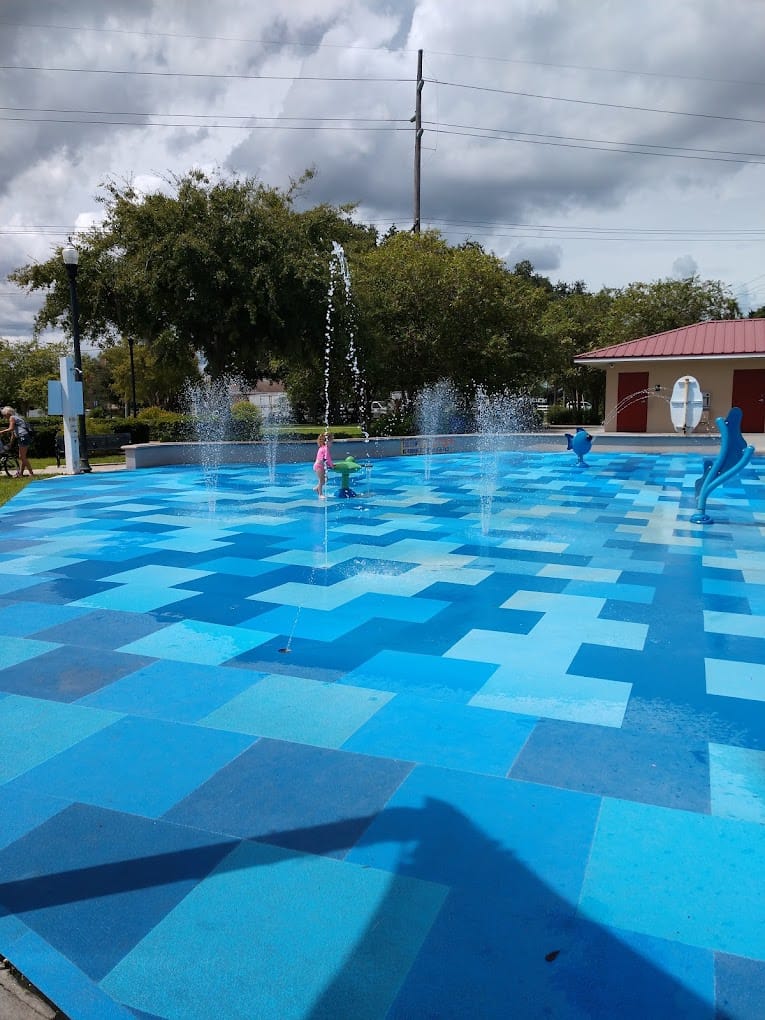
Water safety for children with special needs is crucial because they often face unique challenges and vulnerabilities that require careful planning and consideration in aquatic environments. These children may have sensory sensitivities, limited mobility, or difficulties with communication, which can impact their ability to navigate water safely. It’s essential to provide constant supervision by a responsible adult trained in water safety and CPR, ensuring the child is closely monitored at all times. Communication strategies should be adapted to the child’s needs, using visual cues or simplified instructions to convey essential safety rules effectively. Enrolling the child in swimming lessons tailored to their abilities, under the guidance of instructors experienced in teaching disabilities, can build essential water safety skills and boost confidence. Additionally, using adapted equipment like flotation devices or specialized aids can provide support while allowing freedom of movement. By addressing these specific needs and fostering a supportive environment, caregivers and educators can help children with special needs enjoy water activities safely and confidently.

1. Supervision: Constant and vigilant supervision is paramount. Designate an adult who is trained in water safety and CPR, and who can maintain close proximity to the child at all times, ensuring they are within arm’s reach. Pay special attention for elopement risks and allow other caregivers to know about the possibility if your child tends to elope from their environment.
2. Communication: Adapt communication strategies to the child’s needs. Use visual cues, simplified language, or alternative communication methods to convey water safety rules effectively. Ensure they understand basic instructions such as “stay close” or “wait for assistance.”
3. Swimming Skills: Enroll the child in swimming lessons tailored to their abilities. Look for instructors experienced in teaching children with disabilities who can provide personalized instruction on water safety skills and basic swimming techniques.
4. Adapted Equipment: Depending on the child’s abilities, use appropriate flotation devices or adaptive swimming aids. Ensure these devices are properly fitted and provide adequate support while allowing freedom of movement. Regularly inspect and maintain equipment for safety.
5. Environmental Awareness: Choose swimming areas that are safe and suitable for the child’s abilities. Be mindful of water conditions such as temperature, currents, and depth, which can impact safety. Avoid crowded or unfamiliar environments that may increase sensory challenges or anxiety.
6. Emergency Preparedness: Educate caregivers, family members, and any involved personnel on emergency procedures specific to the child’s needs. Practice water safety drills regularly to reinforce responses to potential emergencies such as floating on their back or signaling for help.
7. Consultation: Seek guidance from healthcare providers or therapists familiar with the child’s condition. They can provide insights into specific risks or considerations related to water safety and offer recommendations for tailored precautions.

By implementing these measures, caregivers and educators can create a safe and supportive environment for children with special needs to enjoy water activities, fostering confidence and independence while minimizing risks. Regular reassessment and adaptation of safety practices based on the child’s development and capabilities are essential for ongoing protection and enjoyment in aquatic settings.
Love & Co. Therapeutic Interventions
referrals@loveandcompanytherapies.com☎ 1 (941) 557-3881☎ 1 (941) 264-8641
Follow us on Facebook and Instagram!
If you like our resources, please like and share our pages!

Leave a Reply